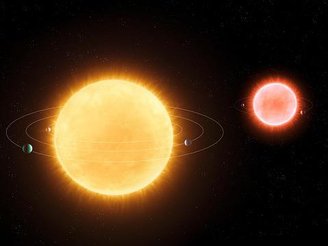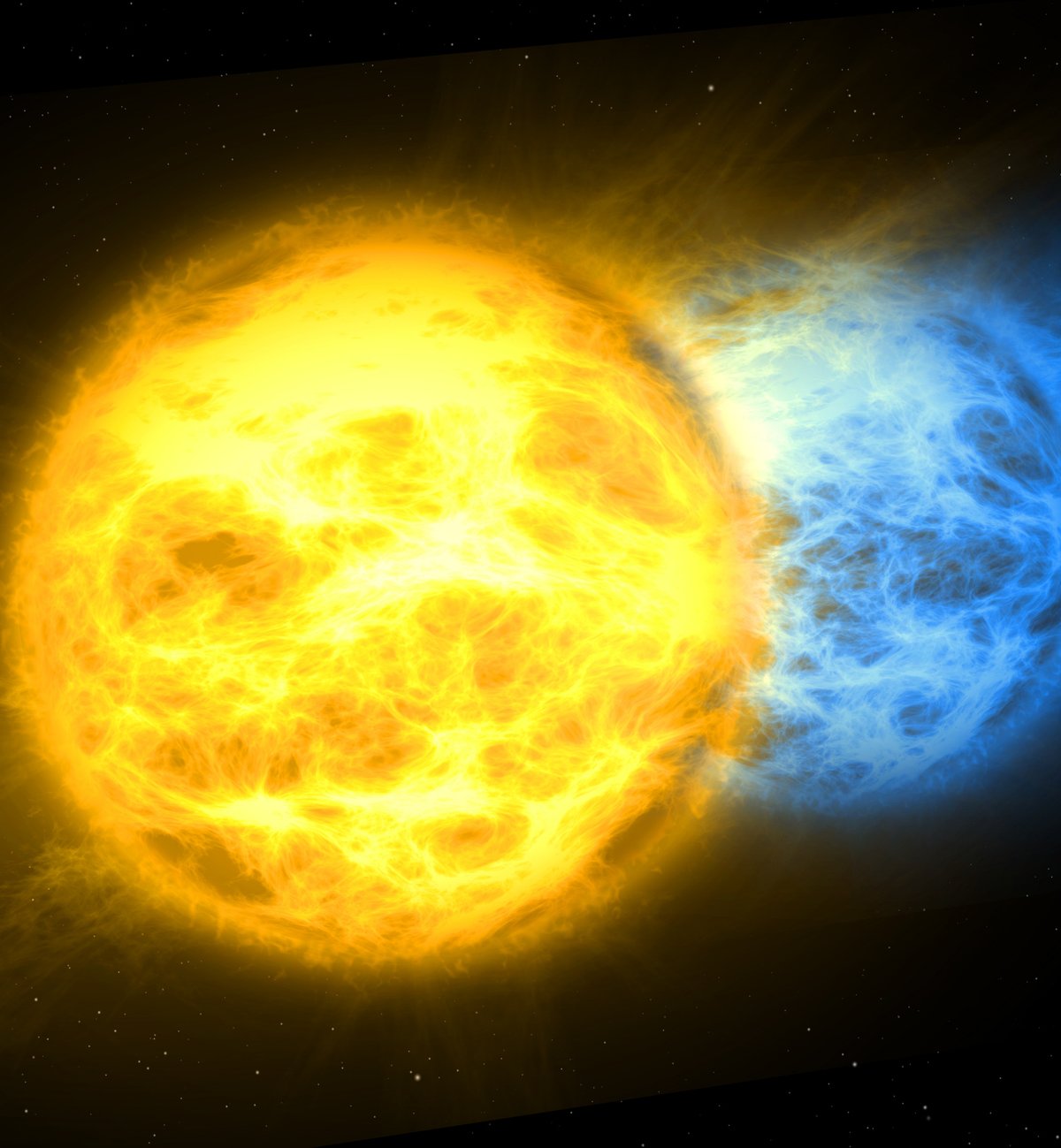The Sun is the main star in the Solar System and is responsible for influencing the orbits of all planets and other cosmic objects in the region, and will continue to be so for the next five billion years, after which it will transform into an ominous red star. Billions of years ago, when the Sun was in the early stages of its development, the star may have had a long-lost twin of sorts.
The twin theory is an idea supported by some scientists in the current scientific community. The Solar System may have been part of a binary system at the beginning of its formation 4.6 billion years ago. Theoretically, it is not possible to see the second Sun on the horizon because this so-called second star may have been expelled from our system in the early stages of its development.
Even if this twin really exists, to date telescopes and other spacecraft have not detected any evidence of its existence. The theory states: The star and the Sun may have circled the Milky Way more than twelve times before being thrown into another part of the universe.
Fortunately, there is a location in the Solar System that can help science gather more information about this possibility. The Oort cloud may have records of the star before it was expelled from our system due to a natural cosmic process.
“Actually, this is half way to the nearest star, Alpha Centauri. If Alpha Centauri also has an Oort cloud, if all stars have Oort clouds, then they all touch each other like billiard balls and fill up space. The question is: how did it form?” “The popular view is that they may have spread throughout the planet-forming disk,” said Harvard astrophysicist Avi Loeb, co-author of a study on the subject. Live Science.
In order to explain the Sun’s twin brother theory a little better, we collected information from scientists and studies on the subject.
Did the Second Sun really exist?
The Oort Cloud is located at the farthest reaches of the Kuiper Belt and is likely a type of spherical shell around the Sun, planets, and anything else near the belt. According to the United States National Aeronautics and Space Administration (NASA), it is as if a thick, hollow cloud filled with icy rocky objects surrounds the Solar System.
Since it extends throughout the Solar System, Science suggests that the Oort Cloud must host approximately 100 billion rocky, comet-like objects. According to Loeb, scientists have no way to directly observe these objects, but there is plenty of evidence that they are there; Comets in the inner Solar System are an example of this.
In addition to providing more information about a possible second Sun that once existed in the universe,, The Oort cloud may reveal more information about the so-called ninth planet in the Solar System. The biggest problem is that there are countless objects in the region, but science cannot explain their existence. If the ninth planet really exists, the Oort cloud would be even more difficult to explain.

Student with Amir Siraj Loeb suggests the Sun may have worked with its twin billions of years agoand the gravitational pull of both may have helped capture objects passing through deep space. Perhaps this is why the Oort cloud contains numerous objects that are unlikely to exist solely due to the gravitational pull of the Sun.
Scientists suggest that if the binary companion of the solar structure actually existed, both stars would have enough power to capture fragments of rock and ice commonly found in the region. This may have occurred at some point until the Sun’s so-called twin brother was expelled from the Solar System by some natural process in the universe.
Anyway, Scientists have yet to find evidence of the existence of a second Sun. According to Loeb, if the star twin existed, we would probably never know its origin. What could strengthen this belief could be the discovery of Planet 9 and dwarf planets in the Oort cloud region; as this would contribute to the idea that the Solar System once had a twin that aided the gravitational pull of these objects.
Did you like the content? So, stay up to date with more astronomical curiosities at TecMundo. If you wish, take the opportunity to understand how the ‘Earth’s second Moon’ may have formed in a crater on a natural satellite.
Source: Tec Mundo
I’m Blaine Morgan, an experienced journalist and writer with over 8 years of experience in the tech industry. My expertise lies in writing about technology news and trends, covering everything from cutting-edge gadgets to emerging software developments. I’ve written for several leading publications including Gadget Onus where I am an author.













